I have several applications in my solution, and I want to share authentication between them.
To simplify, let's say I have two WebAPI applications.
I authenticate using /Token endpoint, and receive Bearer token in return.
Afterwards, I put this token in Authentication: header.
Now, logging in to WebAPI_1 I can get data from [Authorize]-decorated methods.
But that doesn't work if I want to do that in WebAPI_2.
Those WebAPIs are out-of-the-box VS2013 WebAPI 2.1 templates with ASP.NET Identity 2. Each one is set individually, but they are connected to the same database.
How should I tackle this problem?
I plan to acheive LoadBalanced architecture, where client application (AngularJS) communicates with WebAPI. Now I should be able to duplicate WebAPIs, and therefore user should be authenticate along all of these.
